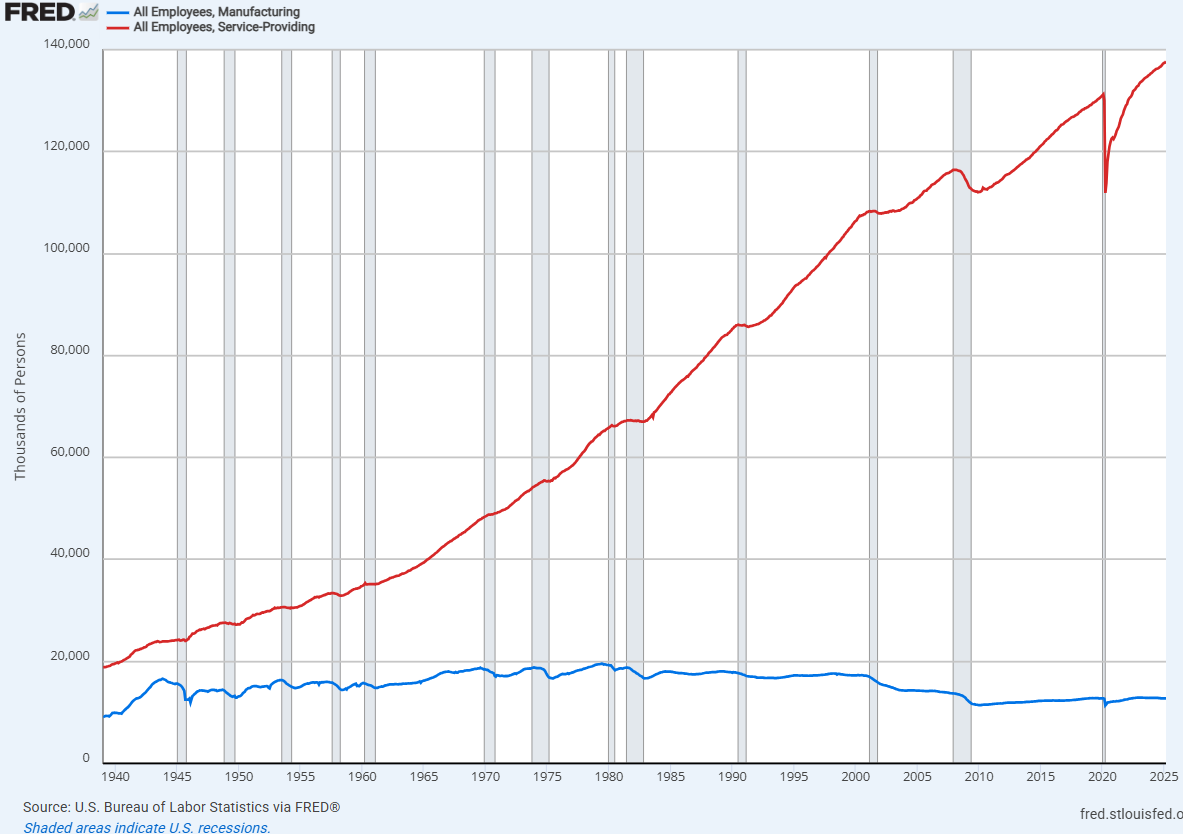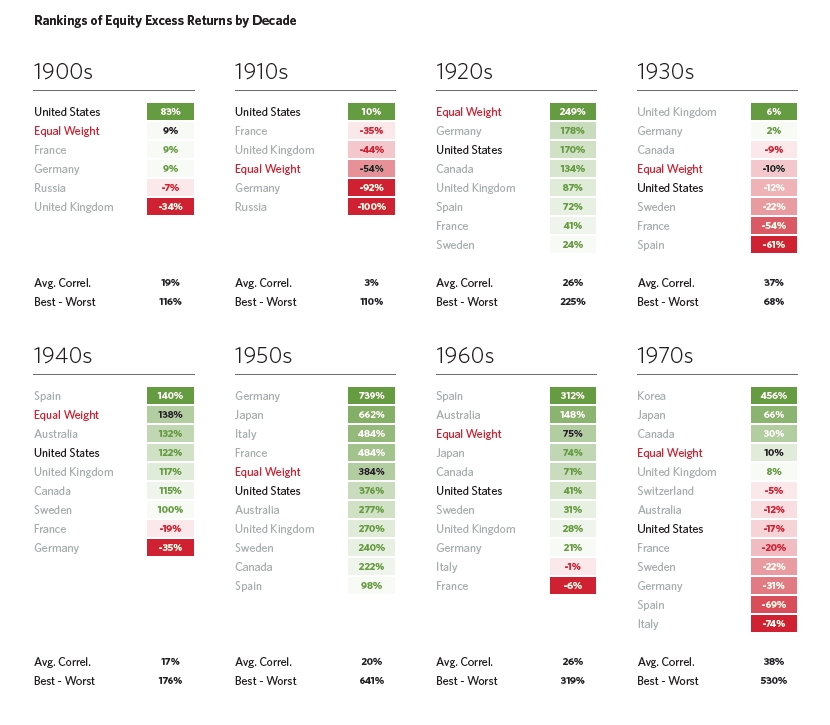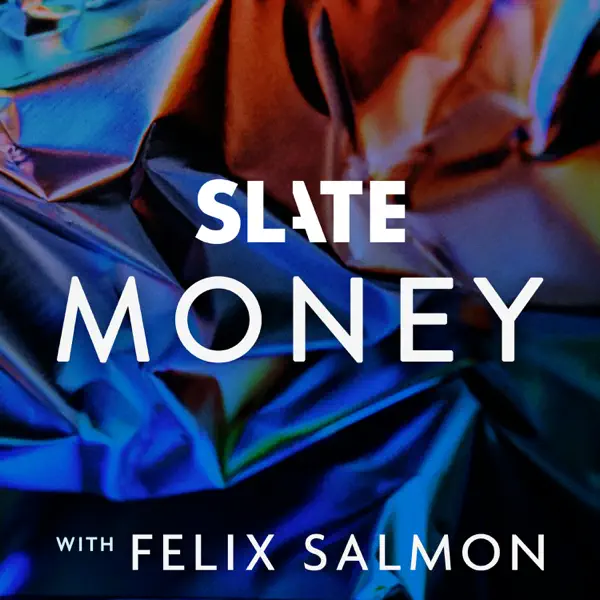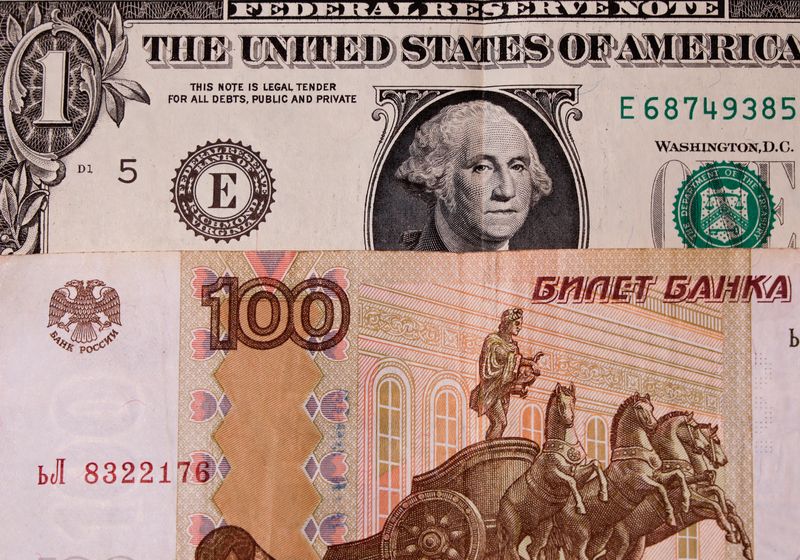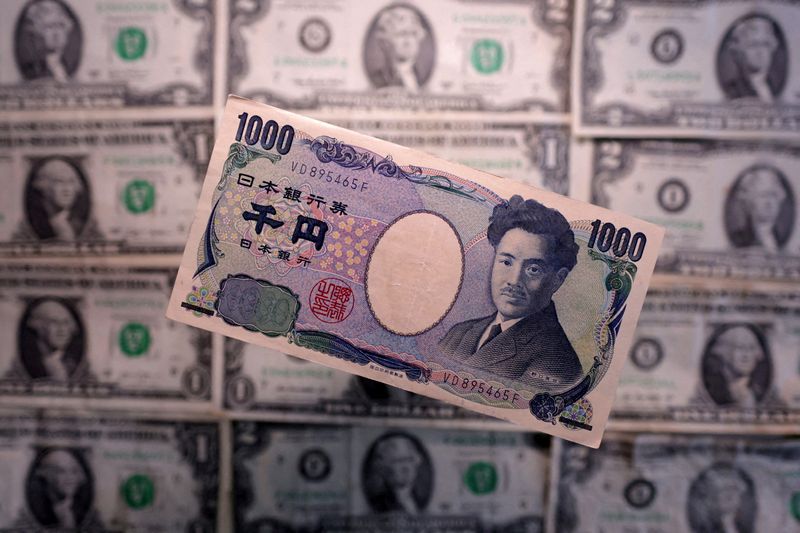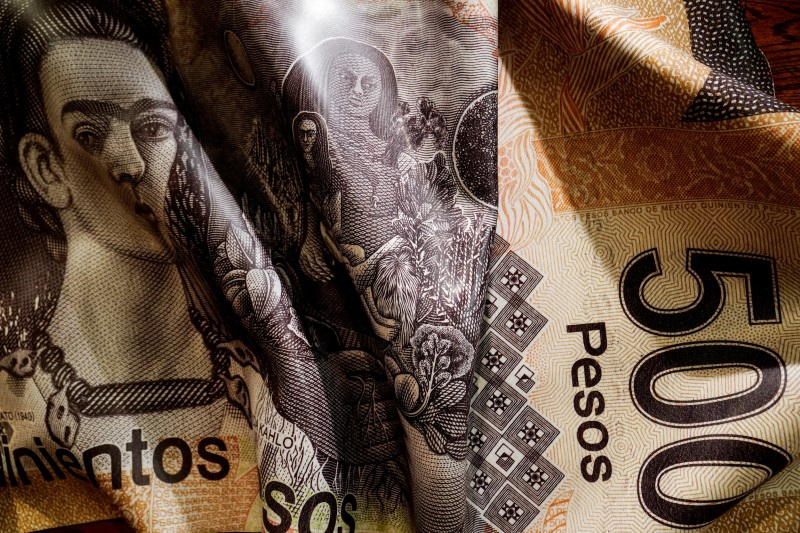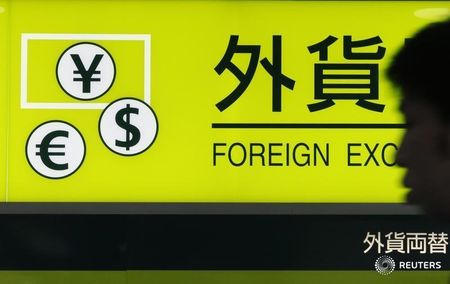When Everyone’s Selling, This ETF Is My Million-Dollar Lifeline
Dividend stock investing has proved itself a superior strategy for creating sustainable wealth over the long term. Studies show that income-generating stocks in the S&P 500 have never produced losses for investors, even during the 1930s when stocks lost 39% of their value, and the “lost decade” of the 2000s, when they were essentially flat […] The post When Everyone’s Selling, This ETF Is My Million-Dollar Lifeline appeared first on 24/7 Wall St..
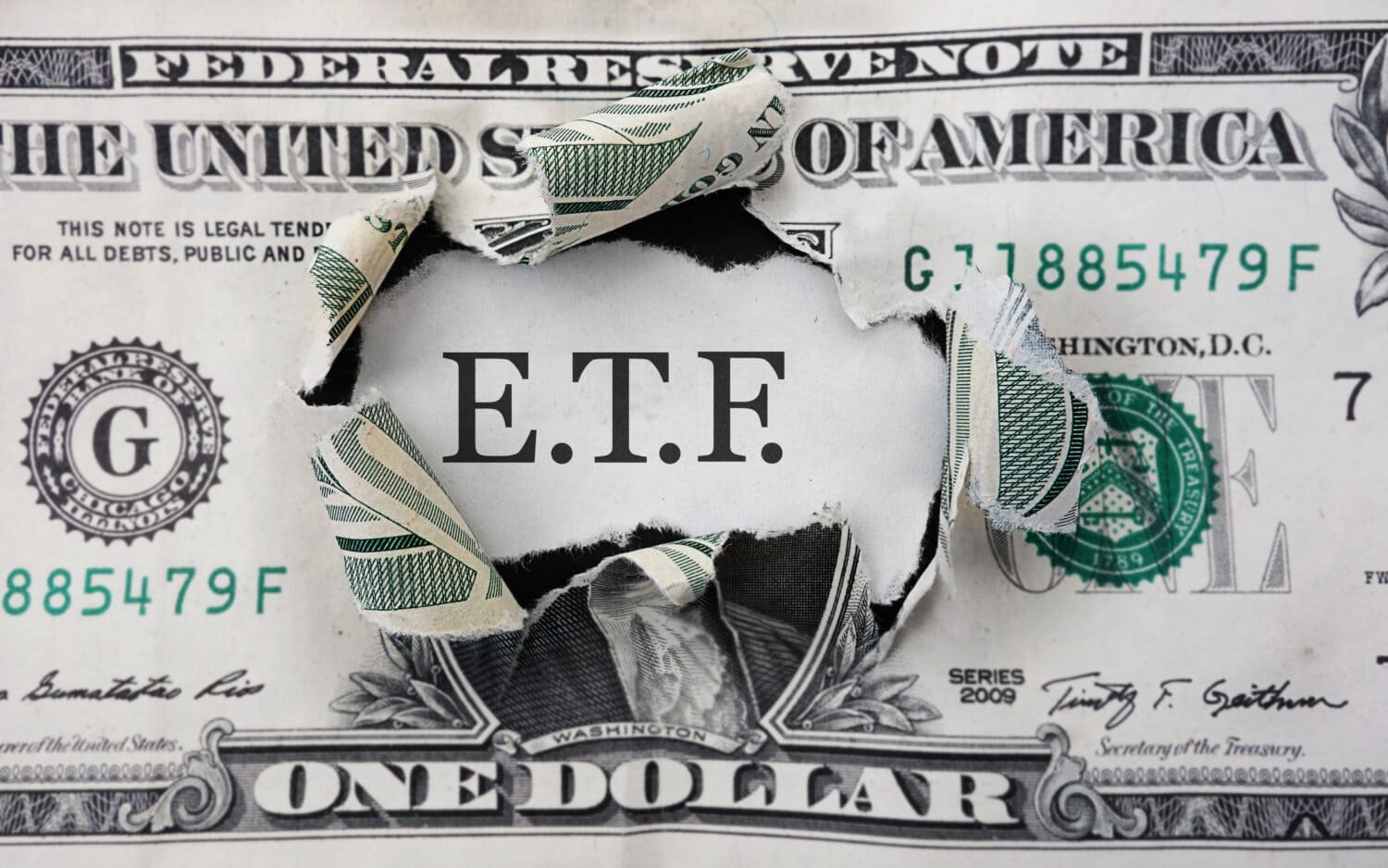
Dividend stocks have proved a successful strategy for generating wealth and beating the market, particularly during recessions.
Finding a high-yield ETF that also offers capital appreciation can protect your downside risk.
The JPMorgan Equity Premium ETF (JEPI) offers a unique dividend and growth strategy to serve as a lifeline in times of turmoil.
Sit back and let dividends do the heavy lifting for a simple, steady path to serious wealth creation over time. Grab a free copy of “2 Legendary High-Yield Dividend Stocks“ now.
24/7 Wall St. Insights:
Dividend stock investing has proved itself a superior strategy for creating sustainable wealth over the long term. Studies show that income-generating stocks in the S&P 500 have never produced losses for investors, even during the 1930s when stocks lost 39% of their value, and the “lost decade” of the 2000s, when they were essentially flat (a 0.02% loss).
That’s why, when everyone is running around with their hair on fire selling stocks, you will want to own the JPMorgan Equity Premium ETF (NYSEARCA:JEPI). It offers a novel approach to dividends, so that you receive a monthly stream of income, but its equity portfolio is actively managed for stability to avoid high-yield traps.
Shelter from the storm
In the teeth of a bear market, where stock prices plummet and economic uncertainty looms, the JPMorgan Equity Premium ETF — most investors just call it JEPI — stands out as a compelling investment. It offers a high yield, defensive strategy, and resilience that protect income streams.
Launched in 2020, JEPI has quickly gained traction for its innovative approach, making it a vital tool for investors prioritizing stability in turbulent times.
JEPI’s primary strength lies in its covered call strategy, which generates income through option premiums on a diversified portfolio of S&P 500 stocks. The fund’s yield is currently 8% annually, which may seem odd considering a number of the stocks it owns, such as Amazon (NASDAQ:AMZN), Trane Technologies (NYSE:TT), and Ross Stores (NASDAQ:ROST), either don’t pay a dividend or have low yields around 1%.
A unique take on income
That’s because the ETF invests up to 20% of its portfolio into equity-linked notes (ELN), which are essentially an advanced covered call option, from which it collects premiums from buyers of those options. So, most of the dividends JEPI pays are from those premiums.
That means JEPI will do much better during volatile market periods, which can also push its yield even higher than what it is now.
And unlike traditional dividend ETFs, this approach thrives in flat or declining markets, as premiums provide income even when stock prices stagnate or fall. In a bear market, where growth stocks often falter, JEPI’s option income acts as a buffer, ensuring steady payouts for investors reliant on passive cash flow.
The ETF’s equity portfolio is enhanced by its defensive posture. JEPI holds stocks across sectors, with technology (14%) and financials (13%) balanced by industrials and healthcare (both 12%) and consumer discretionary and staples (both 9%). This diversification avoids over-reliance on volatile sectors, unlike tech-heavy funds that suffer in downturns. Managers select low-volatility, high-quality stocks, reducing exposure to high-yield traps—companies with unsustainable dividends.
Its five largest holdings are Visa (NYSE:V), Progressive (NYSE:PGR), Mastercard (NYSE:MA), Southern (NYSE:SO), and Trane.
In 2022’s bear market where the tech heavy Nasdaq 100 lot one-third of its value, JEPI’s loss was just 3.5%, demonstrating its ability to preserve capital while delivering income.
The best of both worlds
JEPI’s monthly distributions are particularly appealing for passive income investors. These predictable payouts, driven by option premiums and dividends, provide cash flow for reinvestment or living expenses, a critical feature when bear markets erode portfolio values. The ETF’s 0.35% expense ratio, while higher than the Vanguard High Dividend Yield ETF (NYSEARCA:VYM) at 0.06%, is justified by its active management and complex strategy, delivering value through consistent returns.
However, JEPI isn’t without risk. Its option strategy is complex and may cap upside in strong bull markets, and active management introduces slight variability. Yet, in a bear market, where capital preservation and income are paramount, these trade-offs are minor.
JEPI’s track record, high yield, and defensive equity mix make it a robust shield for passive income investors. By blending option income with a diversified, low-volatility portfolio, the JPMorgan Equity Premium ETF ensures steady cash flow and peace of mind in the stormiest markets.
The post When Everyone’s Selling, This ETF Is My Million-Dollar Lifeline appeared first on 24/7 Wall St..

























































